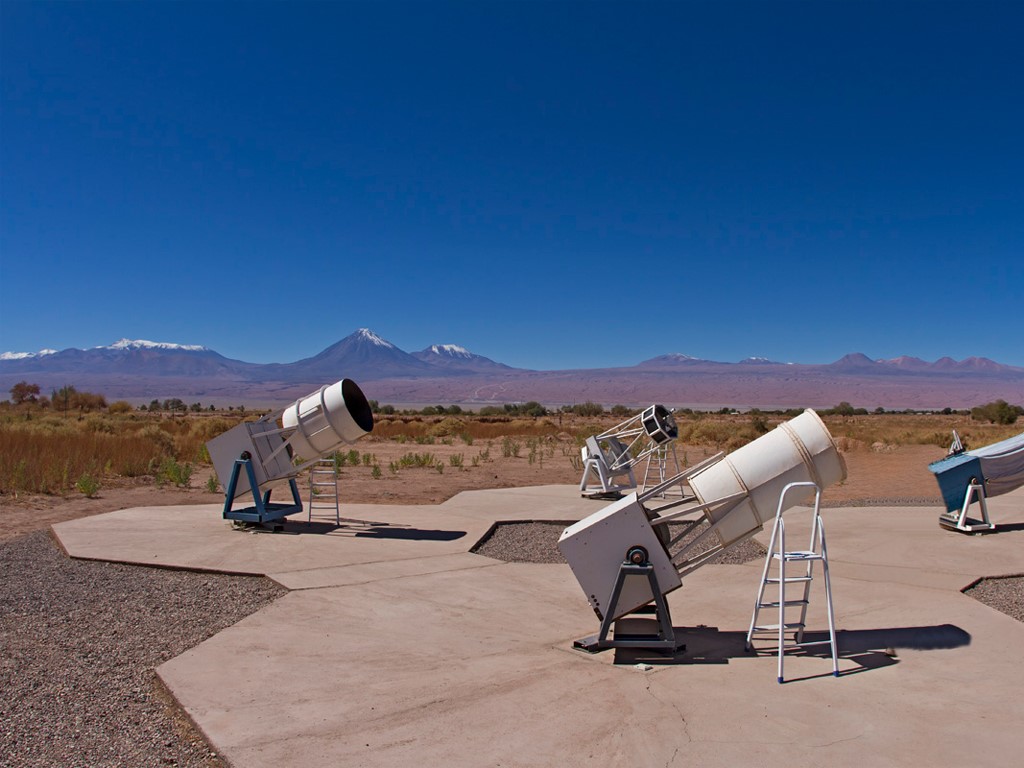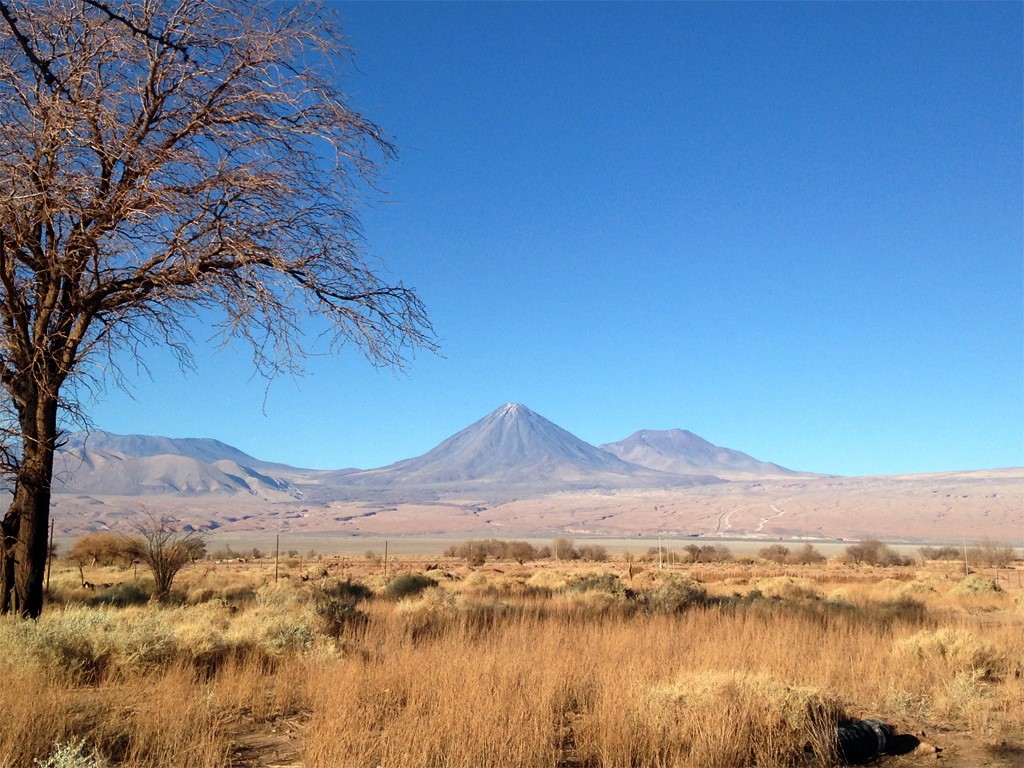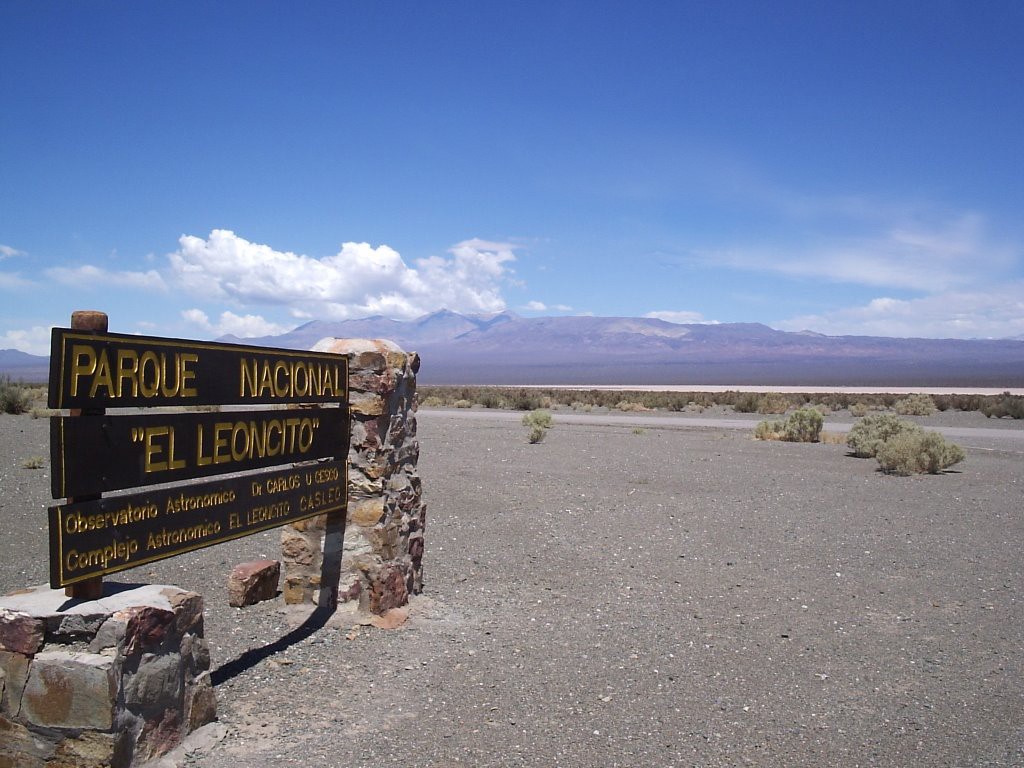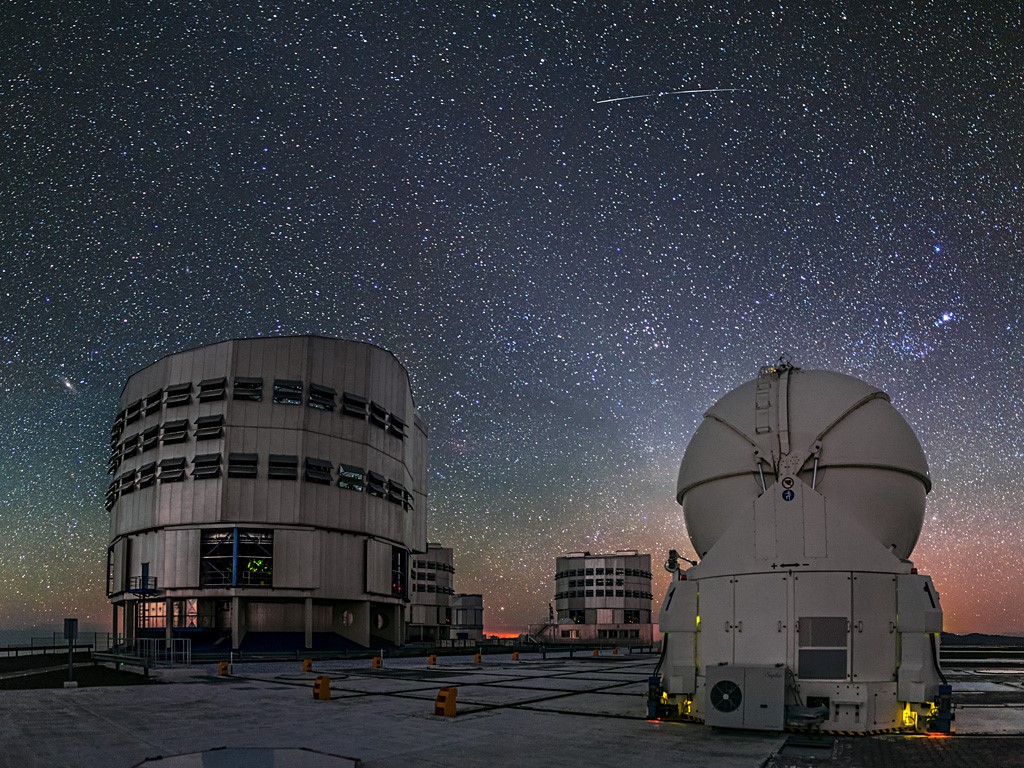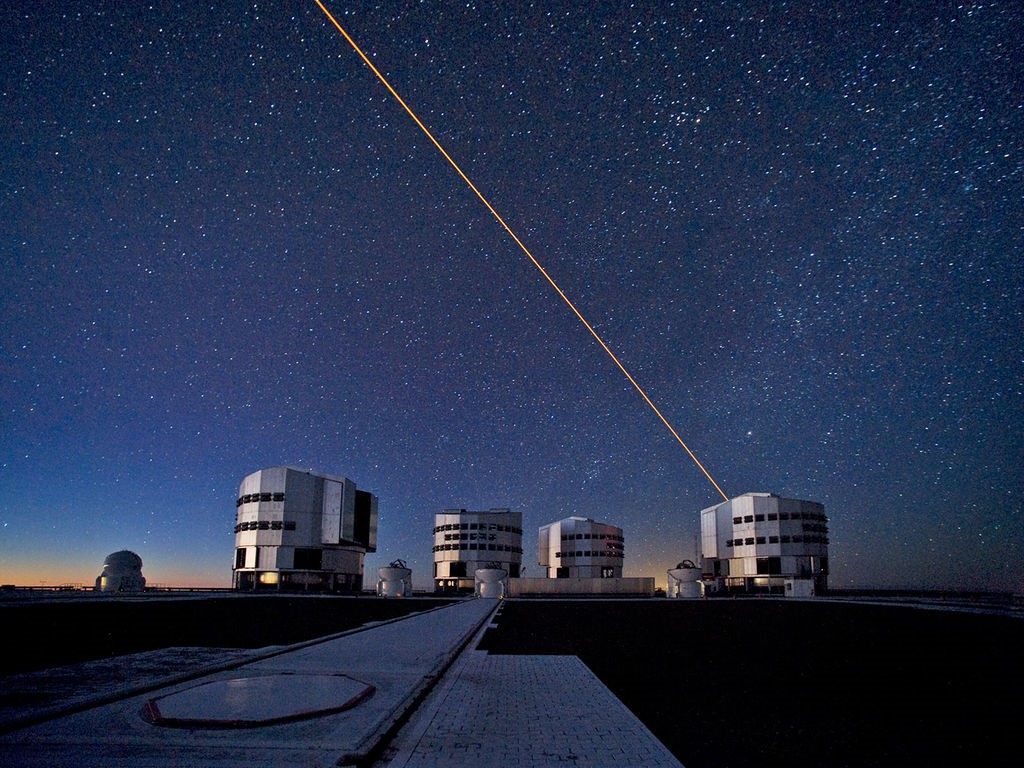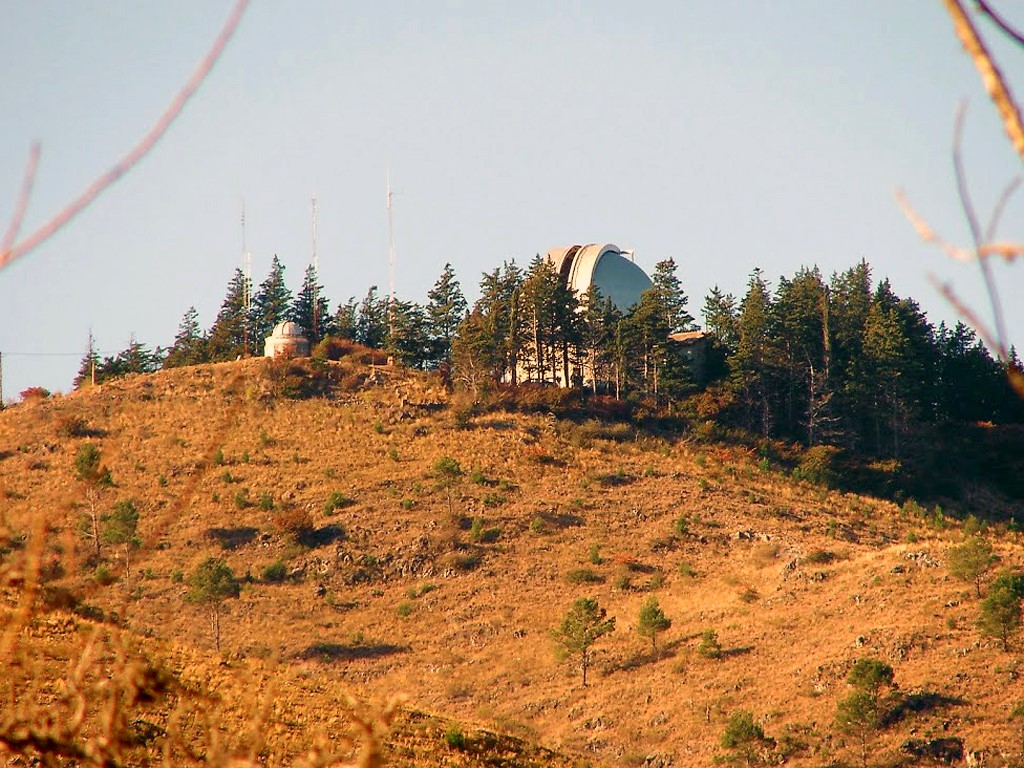Argentina and Chile have skies of incredible purity and clarity. A sparsely inhabited region, Patagonia offers a particularly clear and deep sky for astronomy. Whatever the season of your visit, you’ll be able to observe the stars and beautiful sunsets.
In the Small North region, in the heart of the Atacama Desert, Chile has an internationally renowned astronomical observatory. Almost non-existent cloud cover, minimal atmospheric agitation due to the altitude (2,635 m), a minimal thermal difference between the ground and the atmosphere thanks to the proximity of the sea and the geographical isolation, give this site the possibility of observing the stars and the Milky Way in a completely incredible way. Here are some examples of Astronomy tours that I offer you, knowing that many others are possible and in other regions than those presented below.
Largest public telescope park in Chile
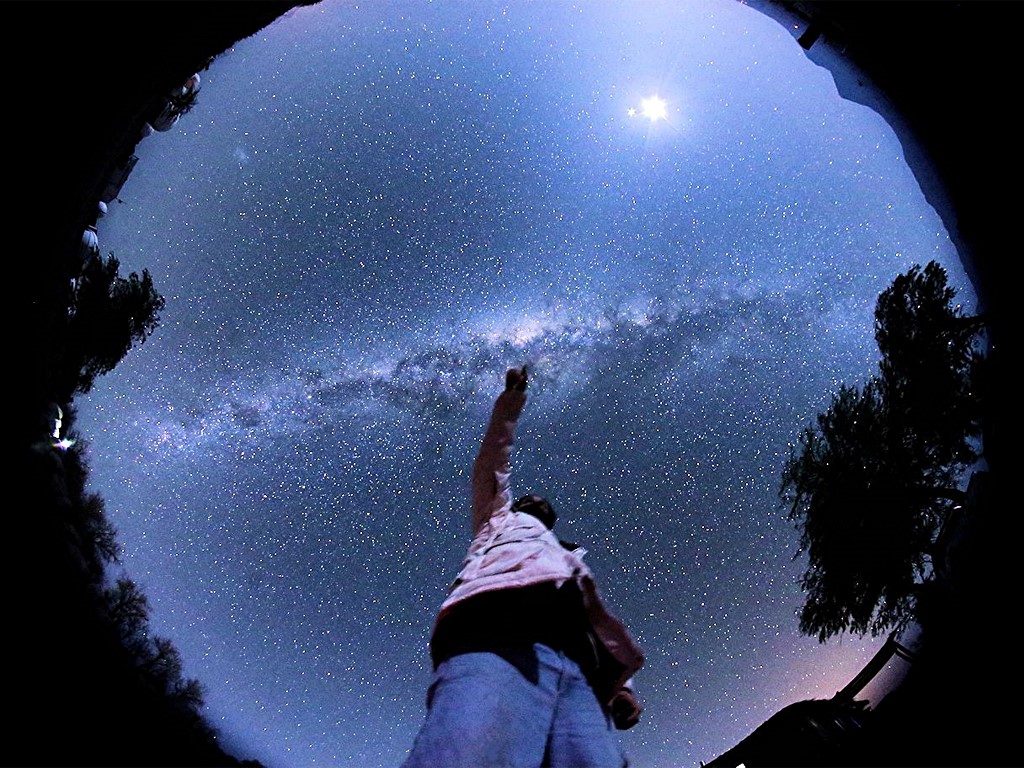
Astronomical observatory in San Pedro de Atacama
I offer you a very special outing, to observe the sky near San Pedro de Atacama which has the reputation of being one of the most favorable for stargazing: at the “Grand Array of millimeter/submillimeter antennas of the Atacama”. After a quick introduction, we are first explained about the sky with the naked eye, the concept of constellations, how to recognize and learn them.
We are also told about the rotation of the sky, how to find south using the southern cross; how the sky changes with latitude, to be found once returned to the northern hemisphere; how it also changes during the year… To do this, we use a green laser pointer, which allows us to show the stars unequivocally.
The second part of the tour takes place at the telescopes. With 7 telescopes and a pair of giant binoculars, we have the largest park of public telescopes in Chile, the most powerful instruments, and equipped with high quality eyepieces guaranteeing very precise and impressive views of celestial objects. Depending on the time of year, the visibility of the moon and the planets, the content of the tour varies, but the idea is to show a certain number of objects and explain what we see. When the moon is visible, we can take images of the moon through our telescopes. Small digital cameras can take images handheld, and we have adapters for most brands of SLRs (Nikon, Canon, Pentax, Minolta, Olympus…).
Public astronomical station in Argentina

El Leoncito Astronomical Observatory
There are two astronomical stations open to the public in Argentina: the El Leoncito Astronomical Complex (CASLEO) and the Carlos Ulrico Cesco Astronomical Observatory (CESCO).
At CASLEO, which is reached after a winding path guarded by poplars and willows, there’s a 40-ton telescope which works with two mirrors. One of them is a little over 2 meters in diameter. Inside the dome of the Double Astrograph Telescope, visitors will be able to appreciate an interesting collection of photographs of Halley’s Comet taken in 1986.
Then, we are invited to travel to the inn of the Automatic Meridian Circle, the only instrument of its type in the country (Meridian Circles are a very special type of telescope with the particularity of moving in a North – South direction, that is to say, all along the meridian of the site). The daytime visit is completed by a route on various interpretative trails, guided by relevant displays, which accompany the visitor on a leisurely trek, in the middle of a spectacular landscape among troops of guanacos, waterfalls and the imposing view of the Cordillera de los Andes.
The Very Large Telescope of Chile
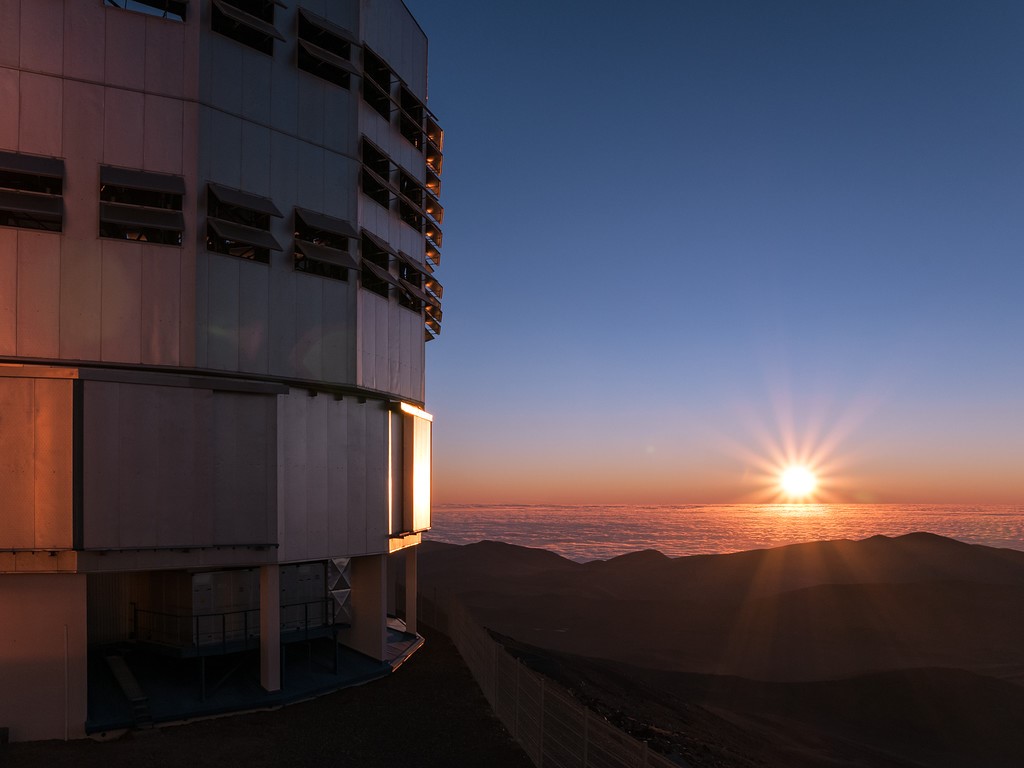
Very Large Telescope
The Very Large Telescope (VLT) is a set of 4 main and 4 auxiliary telescopes at the Cerro Paranal Observatory, located in the Atacama Desert in Northern Chile, at 2,635 m altitude. It allows the study of stars in wavelengths ranging from ultraviolet to infrared.
The VLT is located on the Cerro Paranal belonging to the Coast mountain range. The site is 12 kilometers from the sea and 130 kilometers south of Antofagasta. Geographic coordinates: 24 37′ 39.1 S, 70 24′ 14.81 W .
Cerro Paranal, located in the driest desert in the world, offers many advantages for Astronomy:
- almost non-existent cloud cover (there are on average 350 clear nights per year), spread over a sort of band 300 km wide by 2,000 km long,
- the altitude allows for minimal atmospheric agitation,
- the proximity of the sea allows for a minimal thermal difference between the ground and the atmosphere,
- geographical isolation allows you not to be disturbed by human activities, particularly with regard to lights and smog pollution.
It’s therefore an almost ideal site to place a telescope, only the earthquakes caused by the Nazca tectonic plate can hamper observations. This is also why all VLT buildings are built in accordance with seismic standards.
Scientific research center in Argentina
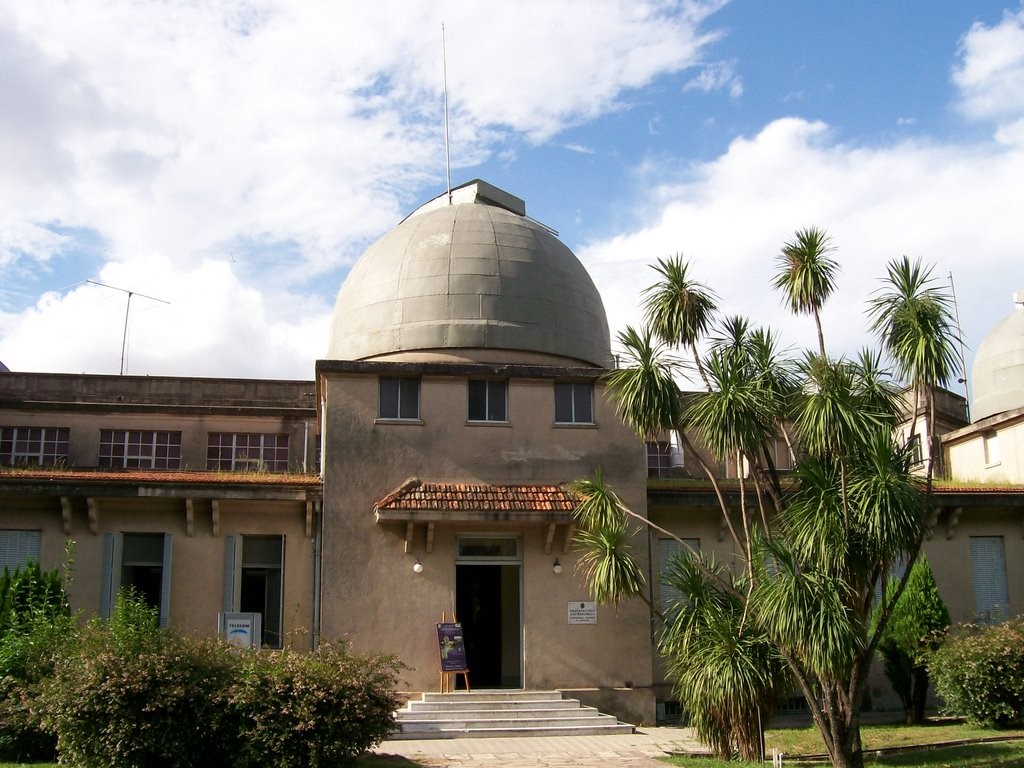
Córdoba Observatory
The Córdoba Observatory has become a scientific research center of first importance, which depends on the National University of Córdoba. The Córdoba Astronomical Observatory says they are gathering facts about the luminous phenomenon – flying saucers – seen in several places in this country.
The institute mentioned above says that given the disparity of information available, it would be happy to receive full reports, including – if possible – photographs or sketches of the objects observed. After indicating the correct way to submit the information, the observatory adds that they want to help determine whether we are dealing with a natural phenomenon like a meteor shower, or the disintegration of an artificial satellite, or perhaps – be some other kind of phenomenon?!
The Córdoba Observatory has a technical engineering staff that develops techniques and instruments necessary for astronomical research. Most are trained at the National University of Córdoba and specialized in centers of the highest academic level in the world. In Córdoba theoretical studies of observation and development of techniques are carried out. The results of this research are reported in international publications. Come and discover the reputation of this museum dedicated to astronomy!
 English
English Español
Español Français
Français

